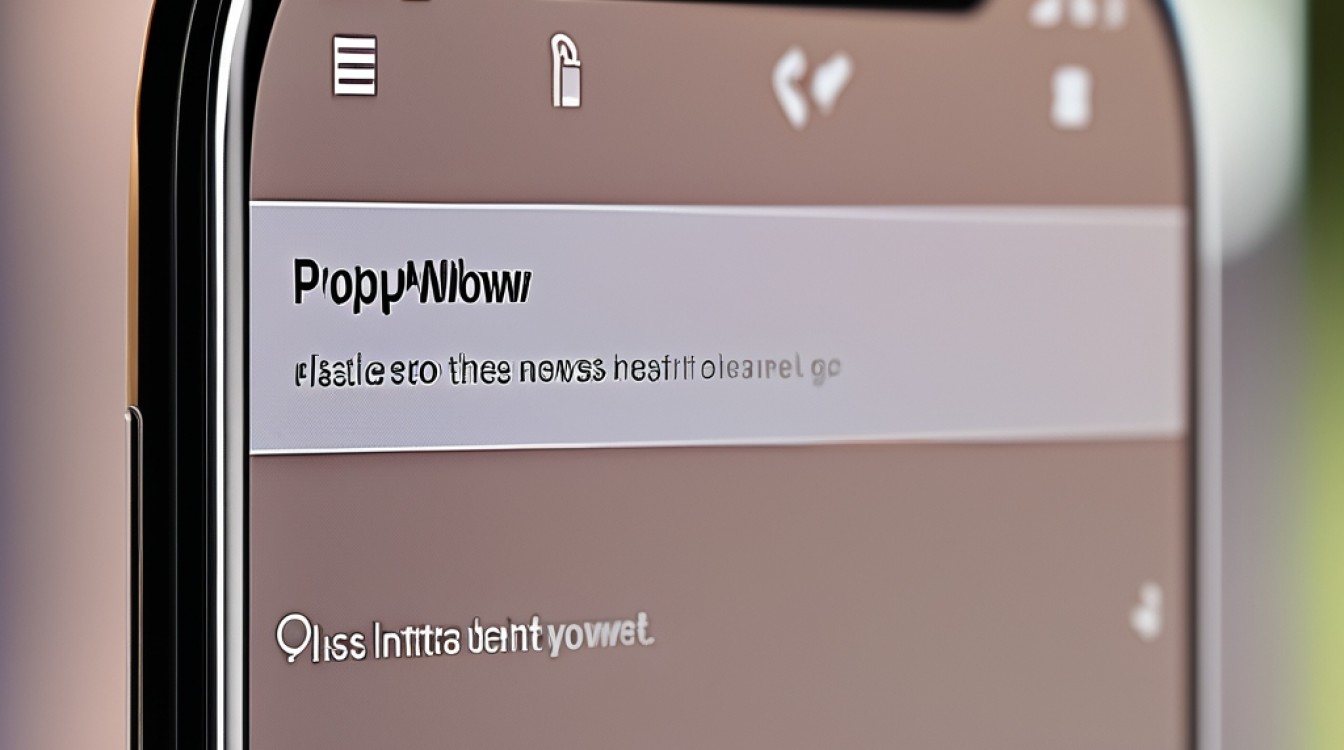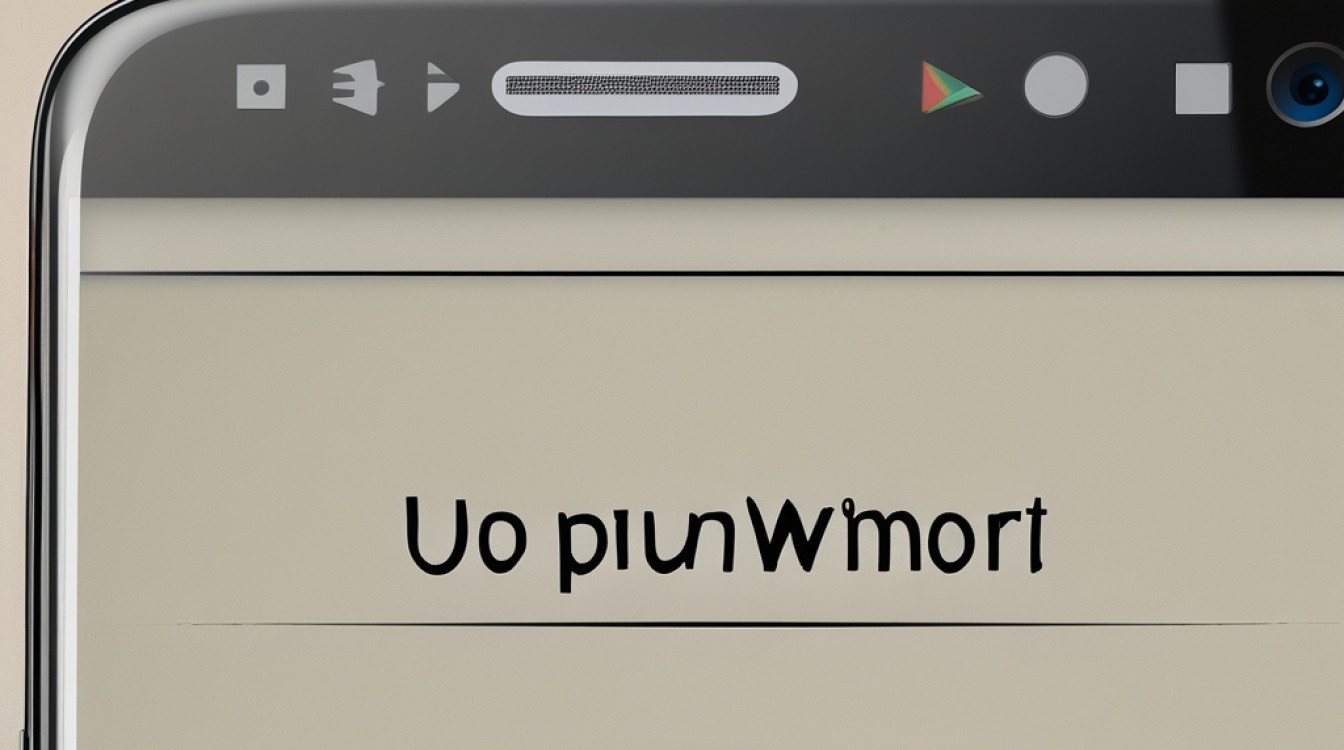在Android开发中,PopupWindow是一种非常灵活的提示框组件,可以用来显示临时信息、菜单或任何其他视图,本文将详细介绍如何在Android应用中实现一个PopupWindow提示框,包括其基本用法、自定义样式、事件处理以及一些高级技巧。
目录
1、[什么是PopupWindow?](#什么是popupwindow)
2、[创建一个简单的PopupWindow](#创建一个简单的popupwindow)
3、[自定义PopupWindow的布局和样式](#自定义popupwindow的布局和样式)
4、[设置PopupWindow的位置和显示方式](#设置popupwindow的位置和显示方式)
5、[处理PopupWindow中的点击事件](#处理popupwindow中的点击事件)
6、[高级技巧:动态更新PopupWindow内容](#高级技巧动态更新popupwindow内容)
7、[(#
什么是PopupWindow?
PopupWindow是Android提供的一种轻量级窗口,可以显示在当前Activity之上,并且不依赖于Activity的生命周期,它通常用于显示临时信息、菜单、对话框等,与Dialog不同,PopupWindow更加灵活,可以包含任意复杂的布局,并且可以指定显示位置。
创建一个简单的PopupWindow
我们需要创建一个基本的PopupWindow,以下是一个简单的示例:
// 在Activity中创建PopupWindow
public class MainActivity extends AppCompatActivity {
@Override
protected void onCreate(Bundle savedInstanceState) {
super.onCreate(savedInstanceState);
setContentView(R.layout.activity_main);
// 创建一个Button来触发PopupWindow
Button showPopupBtn = findViewById(R.id.show_popup_btn);
showPopupBtn.setOnClickListener(new View.OnClickListener() {
@Override
public void onClick(View v) {
showPopupWindow();
}
});
}
private void showPopupWindow() {
// 加载PopupWindow的布局文件
LayoutInflater inflater = (LayoutInflater) getSystemService(LAYOUT_INFLATER_SERVICE);
View popupView = inflater.inflate(R.layout.popup_layout, null);
// 创建PopupWindow对象
PopupWindow popupWindow = new PopupWindow(popupView, LinearLayout.LayoutParams.WRAP_CONTENT, LinearLayout.LayoutParams.WRAP_CONTENT);
// 设置PopupWindow的背景和动画效果
popupWindow.setBackgroundDrawable(new ColorDrawable(Color.TRANSPARENT));
popupWindow.setAnimationStyle(android.R.style.Animation_Dialog);
// 显示PopupWindow
popupWindow.showAtLocation(findViewById(android.R.id.content), Gravity.CENTER, 0, 0);
}
}在上面的代码中,我们首先通过LayoutInflater加载了一个自定义的布局文件popup_layout.xml,然后创建了一个PopupWindow对象,并设置了背景和动画效果,通过showAtLocation方法将PopupWindow显示在屏幕中央。
自定义PopupWindow的布局和样式
为了使PopupWindow更符合应用的风格,我们可以自定义它的布局和样式,以下是一个示例布局文件popup_layout.xml:
<?xml version="1.0" encoding="utf-8"?>
<LinearLayout xmlns:android="http://schemas.android.com/apk/res/android"
android:layout_width="wrap_content"
android:layout_height="wrap_content"
android:orientation="vertical"
android:background="@drawable/popup_background"
android:padding="16dp">
<TextView
android:id="@+id/popup_text"
android:layout_width="wrap_content"
android:layout_height="wrap_content"
android:text="This is a PopupWindow"
android:textSize="18sp"
android:textColor="#FFFFFF"/>
<Button
android:id="@+id/close_btn"
android:layout_width="wrap_content"
android:layout_height="wrap_content"
android:text="Close"
android:layout_marginTop="16dp"/>
</LinearLayout>在这个布局文件中,我们定义了一个简单的LinearLayout,其中包含一个TextView和一个Button,我们还为这个布局添加了一个自定义的背景popup_background.xml:
<!-res/drawable/popup_background.xml -->
<shape xmlns:android="http://schemas.android.com/apk/res/android">
<solid android:color="#333333"/>
<corners android:radius="8dp"/>
<padding android:left="10dp" android:top="10dp" android:right="10dp" android:bottom="10dp"/>
</shape>设置PopupWindow的位置和显示方式
除了使用showAtLocation方法外,PopupWindow还提供了其他几种显示方式,例如showAsDropDown和showAtLocation,以下是它们的用法:
使用showAsDropDown方法
// 显示在指定View的下方 popupWindow.showAsDropDown(anchorView, xoff, yoff);
使用showAtLocation方法的其他参数
// 显示在屏幕的某个位置,并设置偏移量 popupWindow.showAtLocation(parentView, gravity, x, y);
处理PopupWindow中的点击事件
为了处理PopupWindow中的点击事件,我们需要在创建PopupWindow时获取其中的视图,并为它们设置点击监听器,以下是一个完整的示例:
private void showPopupWindow() {
LayoutInflater inflater = (LayoutInflater) getSystemService(LAYOUT_INFLATER_SERVICE);
View popupView = inflater.inflate(R.layout.popup_layout, null);
PopupWindow popupWindow = new PopupWindow(popupView, LinearLayout.LayoutParams.WRAP_CONTENT, LinearLayout.LayoutParams.WRAP_CONTENT);
popupWindow.setBackgroundDrawable(new ColorDrawable(Color.TRANSPARENT));
popupWindow.setAnimationStyle(android.R.style.Animation_Dialog);
// 获取PopupWindow中的视图并设置点击事件
TextView textView = popupView.findViewById(R.id.popup_text);
Button closeButton = popupView.findViewById(R.id.close_btn);
closeButton.setOnClickListener(new View.OnClickListener() {
@Override
public void onClick(View v) {
popupWindow.dismiss(); // 关闭PopupWindow
}
});
popupWindow.showAtLocation(findViewById(android.R.id.content), Gravity.CENTER, 0, 0);
}有时候我们需要在显示PopupWindow后动态更新其内容,这可以通过获取PopupWindow中的视图并修改其属性来实现,以下是一个示例:
private void showPopupWindowWithDynamicContent() {
LayoutInflater inflater = (LayoutInflater) getSystemService(LAYOUT_INFLATER_SERVICE);
View popupView = inflater.inflate(R.layout.popup_layout, null);
PopupWindow popupWindow = new PopupWindow(popupView, LinearLayout.LayoutParams.WRAP_CONTENT, LinearLayout.LayoutParams.WRAP_CONTENT);
popupWindow.setBackgroundDrawable(new ColorDrawable(Color.TRANSPARENT));
popupWindow.setAnimationStyle(android.R.style.Animation_Dialog);
// 动态更新PopupWindow的内容
TextView textView = popupView.findViewById(R.id.popup_text);
textView.setText("Updated content");
Button closeButton = popupView.findViewById(R.id.close_btn);
closeButton.setOnClickListener(new View.OnClickListener() {
@Override
public void onClick(View v) {
popupWindow.dismiss(); // 关闭PopupWindow
}
});
popupWindow.showAtLocation(findViewById(android.R.id.content), Gravity.CENTER, 0, 0);
}本文详细介绍了如何在Android应用中实现一个PopupWindow提示框,包括其基本用法、自定义样式、位置设置、事件处理以及动态更新内容的技巧,通过这些步骤,你可以创建出功能强大且灵活的PopupWindow,以满足各种需求,希望这篇文章对你有所帮助!


